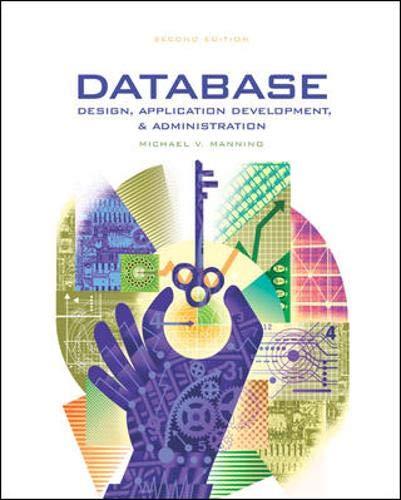Question
Question 2: For this question, you must create and test a class called Points2. This class describes a sequence of 2D points. Example 1: (1,
Question 2:
For this question, you must create and test a class called Points2. This class describes a sequence of 2D points. Example 1: (1, 3), (4, 5) is a sequence of two points, where each coordinate is an integer. Example 2: (1.2, 3.4), (5.6, 10.1), (11.1, 12.0) is a sequence of three points where each coordinate is a double. The sequence can be of arbitrary size and can . An empty sequence has size 0.
The purpose of this assignment is to have you create a Points2 class from scratch with limited help from the STL. Since Points2 can have arbitrary size, you should use pointers. The private data members should be:
size_t size; std::array
Object is the template type parameter (i.e int, double, etc.). An initial piece of code with the structure of the class is provided. Do not change the data representation (for instance do not use a vector or list to represent the sequence_).
Pay special attention to Weiss's "Big-Five", the destructor, copy constructor, copy assignment operator, move constructor and move assignment operator.
Included are the two files (points2.h, test_points2.cc) you will need, as well as the Makefile. Do not modify the Makefile or the file names. Do not modify the test_points2.cc file except by changing or adding include files if needed. You can comment in the main file the parts you didnt complete. The points2.h file is not complete. The file provides details on where to provide changes must be made. You are also provided with a sample input file test_input_file.txt and an explanation on how to use it is provided at the end of this document.
[PART 1]
Implement the The Big-Five. Add the output stream << operator.
Demonstrate that you are able to read and write correctly by including the following code in the main file. The code is already provided for you in the main file. You can comment parts of it as you test your implementation. For full credit all functions should work.
void TestPart1() { Points2
cout << a.size() << " " << b.size() << endl; // yields 0 0. const array
cout << "Enter a sequence of points (integer)" << endl; a.ReadPoints2(); // User enters a set of points in the form:
// 3 7 4 3 2 1 10 // 3 specifies number of points. Points are the pairs // (7, 4) (3, 2) and (1, 10)
cout << "Output1: " << endl; cout << a; // Output should be what user entered. cout << "Enter a sequence of points (integer)" << endl; b.ReadPoints2(); // Enter another sequence. cout << "Output2: " << endl; cout << b; Points2
cout << c; cout << "After a = move(e) " << endl; a = move(e); // Move assignment operator for a. cout << a; cout << e;
}
[PART 2]
Overload the + and [] operators for your Points2 class. Test with the following code. The code is already provided for you in the main file. You can comment parts of it as you are testing your implementation. For full credit all functions should work.
void TestPart2() { Points2
cout << "Enter a sequence of points (double)" << endl; a.ReadPoints2(); // User provides input for Points2 a. cout << a; cout << "Enter a sequence of points (double)" << endl; b.ReadPoints2(); // User provides input for Points2 b. cout << b << endl;
cout << "Result of a + b" << endl; cout << a + b << endl; Points2
cout << "Second element in a: " << endl;
cout << a[1][0] << ", " << a[1][1] << endl; // Should print the 2nd element. } // End of TestPart2
Do not send to the standard output anything else other what is asked. Do not pause for input, or interact with the user. You can run the program as follows: ./test_points2 In that case you should enter the required data in the standard input.
You can also run it as follows: ./test_points2 < test_input_file.txt In that case the output should be the one contained in expected_output.txt Note that the code for test_points2 is the same in both cases. In the second call the shell redirects the contents of test_input_file.txt to the standard input.
Step by Step Solution
There are 3 Steps involved in it
Step: 1

Get Instant Access to Expert-Tailored Solutions
See step-by-step solutions with expert insights and AI powered tools for academic success
Step: 2

Step: 3

Ace Your Homework with AI
Get the answers you need in no time with our AI-driven, step-by-step assistance
Get Started


